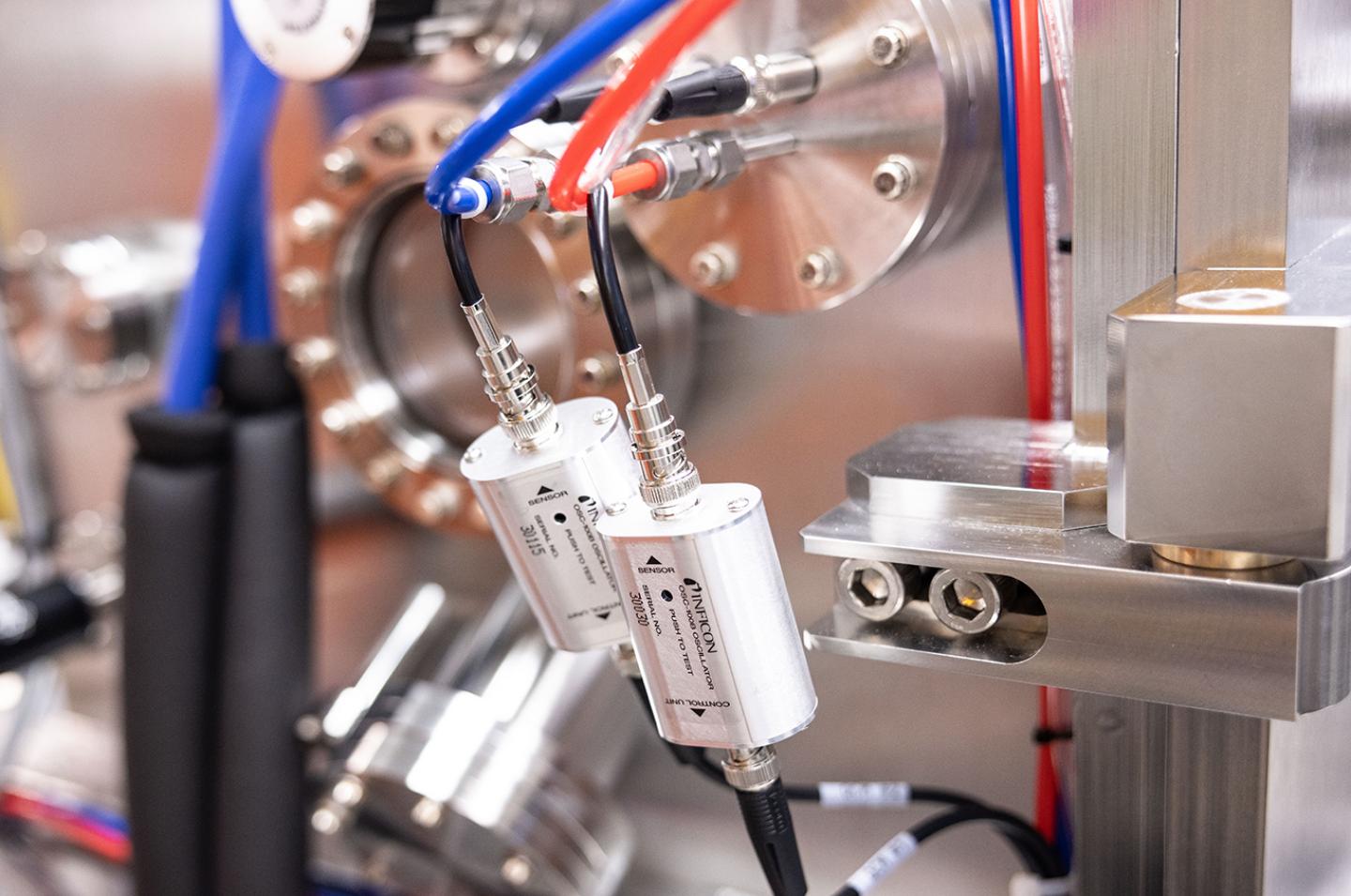From quantum computing to neurology to carbon capture, Yale researchers in every area need access to state-of-the-art scientific equipment. Thanks to the research cores—specialized equipment installations that are shared across the university—they have that access.
“You’d be hard-pressed to find a high-profile experimental research paper from Yale that hasn’t been touched by a core,” says Ben Myers, a co-director of research cores who oversees those located on Central and West Campus.
But the cores provide more than just the equipment itself: they’re attended by experienced, dedicated personnel who can help researchers with the often-complex operation of the instruments. The cores also facilitate interaction and collaboration by bringing together scientists who might once have stayed siloed in their labs.
What started as resource-sharing efforts across a handful of labs has now become an integral approach to research at the university. Core space is incorporated into new construction projects like the Physical Sciences and Engineering Building and 100 College Street. Improving the existing cores and building new cores continue to be funding priorities for Yale.
“The cores play a central role in advanced scientific research,” said Michael Crair, Yale’s vice provost for research and the William Ziegler III Professor of Neuroscience and professor of ophthalmology and visual science. “That’s why we’ve invested heavily at Yale in developing them, expanding their capabilities, and staffing them with experts.”
Read more about how investment in Yale’s research cores fuels scientific breakthroughs.
